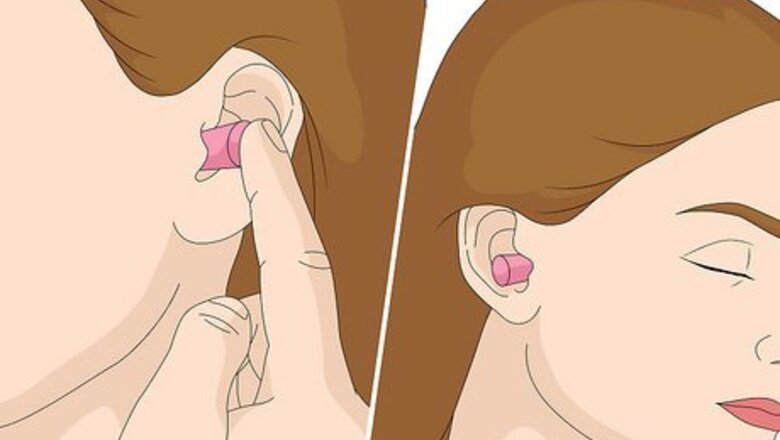
views
Use earplugs or hearing protection earmuffs.
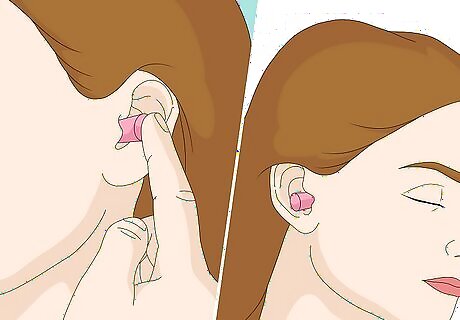
Cover your ears if you don’t want to hear anything at all. Soft foam earplugs are cheap and will contour nicely to your outer ear canal, especially when you sleep. You may get even better results from hearing protection earmuffs meant for operating power tools and the like These methods are likely more practical when studying or taking a nap and less so when you’re working in an office and need to hear the phone ring, etc.
Invest in noise-canceling headphones.
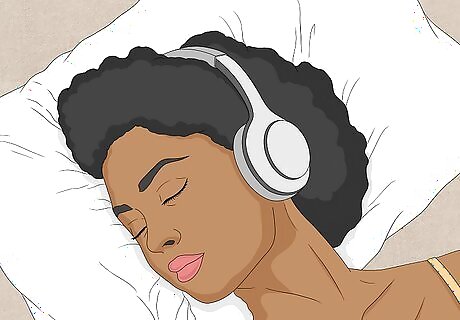
Noise-canceling headphones are designed to cancel out exterior noises. If you’re trying to sleep or reduce the amount of exterior noise you hear during your daily routine, this product may be for you! These headphones help muffle noise while allowing you to listen to your chosen music, nature sounds, white noise, etc. Most of the higher-quality noise-canceling headphones range from $200 to $300 (or more); however, you can find cheaper alternatives for $50 or less.
Turn on a fan or white noise generator.
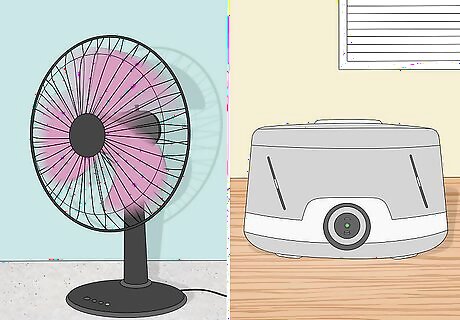
The consistent hum of a fan can help block out distracting noises. Most people find sounds with a lot of variation—such as people talking—distracting, while consistent sounds are much less so. Consistent noise from a fan or white noise machine, for instance, can help block out distracting noises without being distracting itself, which could help you sleep or concentrate better. Consider downloading a self-adjusting white noise app, like myNoise and Atmosphere. These use your smartphone’s microphone to self-adjust the white noise to suit the ambient noise around you.
Play nature sounds or ambient music.
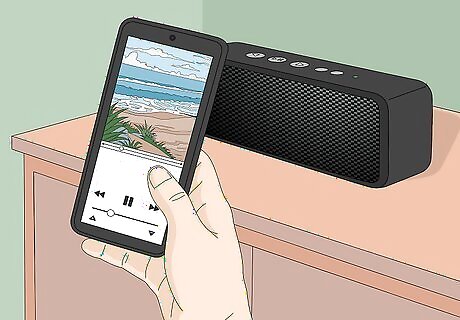
Help soothe yourself to sleep with natural, consistent noise. These work similarly to fans or white noise machines but have a bit more sound variation. CDs or apps of nature sounds like falling rain or ocean waves can block out unwanted noise and be soothing in their own right. When it comes to music, think “elevator music”—light acoustical pieces that tend to fade into the background.
Place heavy curtains over any windows.
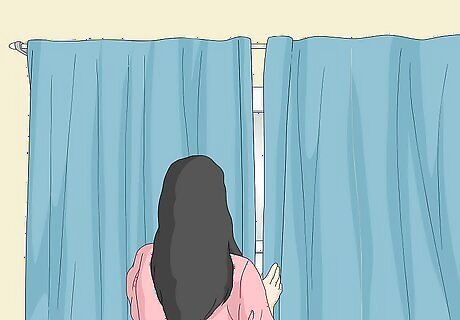
Even when closed, windows often let exterior noises inside. Try hanging curtains made of heavyweight fabric over the windows—they’ll help to deaden the sound waves that penetrate the glass. Textured fabrics like velvet or microfiber work best, and pleats or ruffles in the curtains are also beneficial. As a temporary measure, hang blankets or towels over windows. Lightweight curtains will not provide nearly the same amount of soundproofing, but they will let in more light.
Fill the space underneath your door.
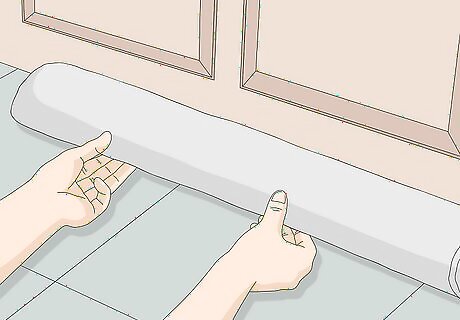
If daylight or drafts can get in under a door, so can noise. Simply roll up a bath towel, large rug, or bulky sweatshirt and place it against the bottom of the door to block out noise.
Hang textured fabrics on the walls.
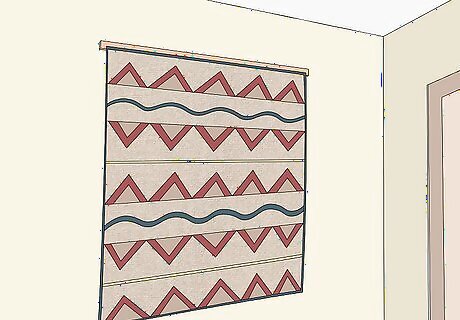
Soft, fluffy materials absorb sound waves better than solid, smooth walls. Use hooks, clips, or other methods to hang quilts, woven rugs, or similar fabrics along walls where noise penetration is an issue. They can be both decorative and functional! Avoid hanging fabrics in direct sunlight, especially if they are expensive. Sunlight coming through a window can fade the colors.
Move furniture up against the walls.
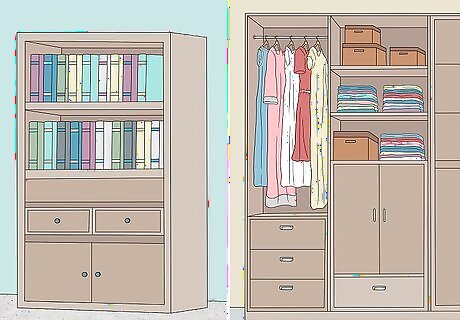
Bookcases, cabinets, and wardrobes can help soften sounds between walls. By placing these items against a wall, you’re essentially thickening the wall and reducing the ability of the sound waves to pass through. Cut and slide sheets of rigid or flexible foam behind the furniture to further increase the soundproofing. For maximum effect, add a built-in bookcase that spans an entire shared wall. Filling the shelves with books will only further enhance the soundproofing impact.
Add carpeting or rugs to the floor.
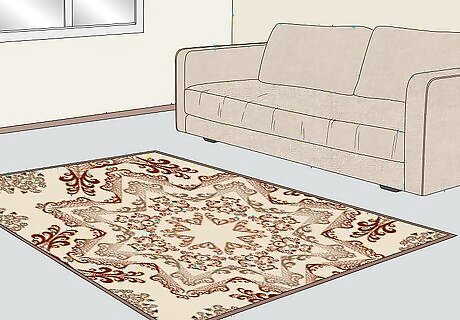
Floor coverings help reduce echoes that increase the impact of noise. Also, if the troublesome noise is coming from below, they’ll help reduce the amount of sound that makes it into your area in the first place. So, lay down rugs wherever you can to try and buffer out the noise. The thicker the floor covering, the greater the impact. So consider going retro with some 1970s-style shag carpeting!
Use plush furniture with cushions and pillows.

Pillows, cushions, and blankets can help soften loud sounds. If you’ve ever moved, you’ve probably noticed that an empty room has an echo that disappears once it’s furnished. Soft, upholstered pieces of furniture (like couches) are helpful at deadening sounds, but even adding a few pillows can be an improvement.
Seal up spots of air infiltration.
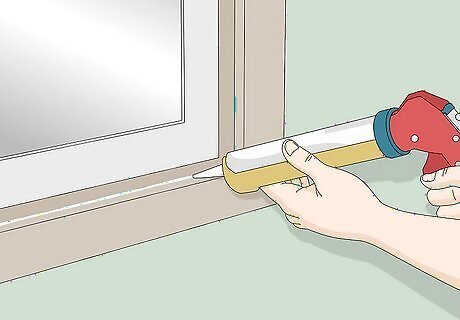
If air can get in from outside, so can noise. Check around windows for holes, cracks, or gaps where you can feel air coming through. Use caulk or other sealants to plug up these spots. Check around electrical outlets on exterior walls as well. If you have older, single-pane windows, adding storm windows to the outside or clear plastic sheeting inside will help with air and noise infiltration.
Add insulation inside walls.
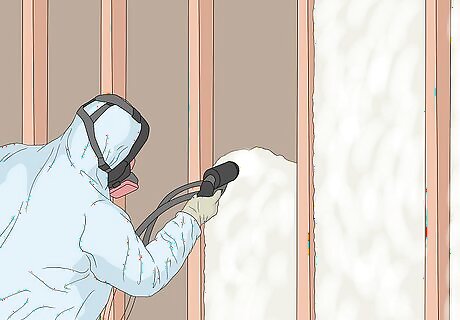
Sound waves can easily pass through poorly insulated walls. If you live in an older home with uninsulated walls, consider hiring a company to add blown-in insulation or sound absorption insulation boards to the interior of your walls. It may seem like a pricey investment for soundproofing, but you’ll also save quite a bit on your heating and cooling costs. Spray foam insulation can be effective in your wall cavities as well as heavy batt insulation (like cotton batt).
Skip using pricey acoustic panels.
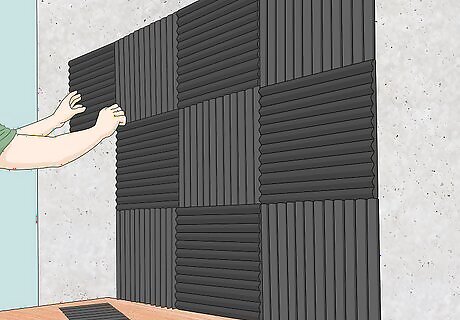
In reality, acoustic panels are better at keeping sound in than out. Acoustic panels are designed to help keep sound in a room, preventing the sound waves from leaking into nearby spaces. Because of this, if you don't place acoustic panels in the space where the noise is coming from, they may not provide the soundproofing you're looking for. You can go all-out and invest in constructing a soundproof room to get better results, but this isn’t practical or cost-effective in most cases.
Seek assistance dealing with noise sensitivity.
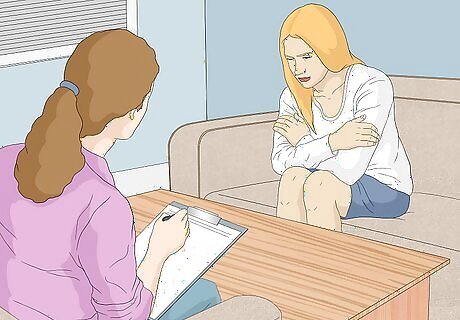
If noises cause an adverse reaction, it may be time to ask for help. For some, noise sensitivity goes beyond upsetting sleep schedules. For instance, say you get distracted by the faint sound of a dog barking due to a history of bad experiences with dogs. For this type of noise sensitivity, you may benefit from professional assistance. Consider visiting a licensed mental health professional who might utilize techniques such as cognitive behavioral therapy to reduce your response to particular noises. While there isn’t much evidence to support it, some people believe hypnosis therapy can help with noise sensitivity.




















Comments
0 comment